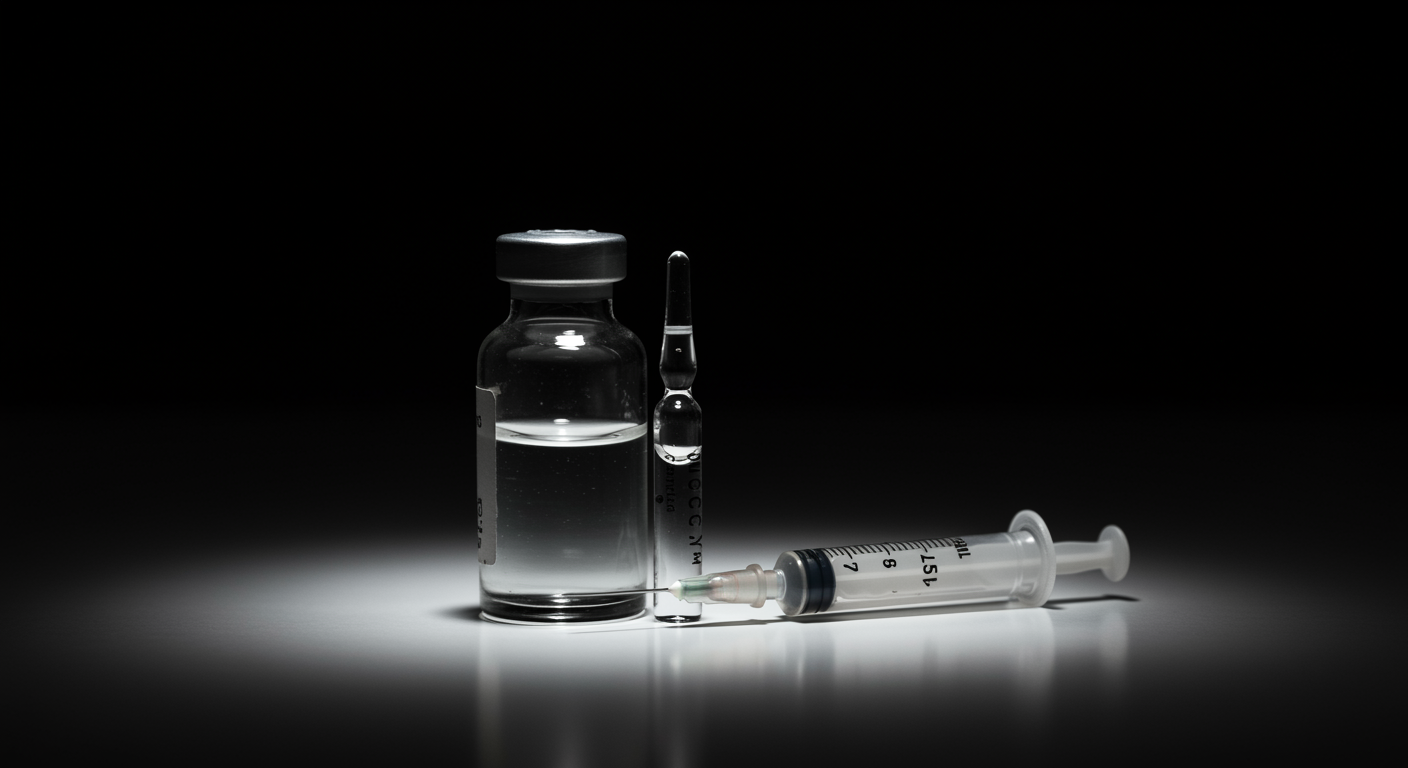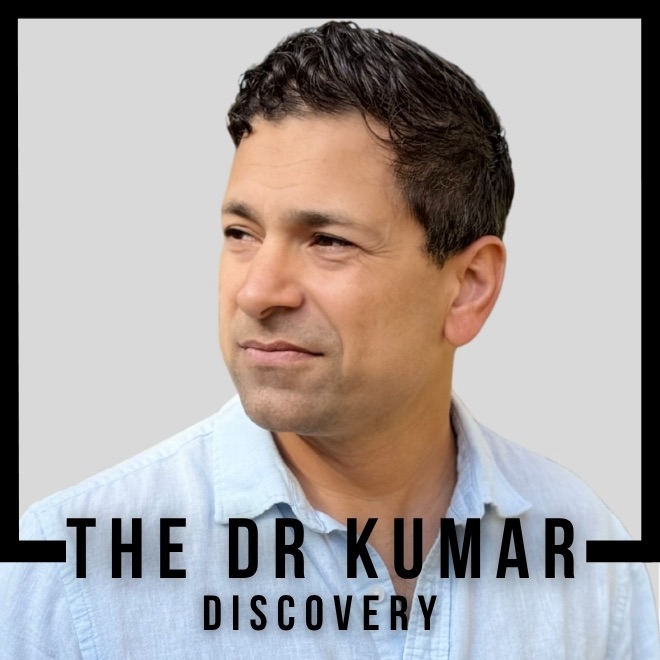How Did Two Different Polio Vaccines Eliminate a Disease That Terrorized the World?
Polio vaccination history centers on two breakthrough vaccines: Jonas Salk’s inactivated vaccine (IPV) in 1955, which reduced U.S. cases from 58,000 to 161 by 1961, and Albert Sabin’s oral vaccine (OPV) that interrupted transmission chains and enabled global eradication campaigns. Together, these vaccines eliminated polio from entire continents and reduced global cases by over 99%.
Dr. Kumar’s Take
The WHO’s vaccination timeline reveals a fascinating scientific rivalry that saved millions of lives. Salk’s killed-virus approach seemed “too safe” to work, while Sabin’s live-attenuated vaccine faced Cold War politics for testing. Both were essential - IPV for individual protection, OPV for stopping transmission. Salk’s refusal to patent his vaccine (“Could you patent the sun?”) enabled global access that made eradication possible.
What the Research Shows
According to the World Health Organization, polio vaccination development required overcoming both scientific and political challenges. The breakthrough came in 1949 when John Enders, Thomas Weller, and Frederick Robbins successfully cultivated poliovirus in human tissue at Boston Children’s Hospital - work that earned them the 1954 Nobel Prize.
By the mid-20th century, poliovirus killed or paralyzed over half a million people annually worldwide. The 1916 New York City outbreak killed over 2,000 people, and the worst U.S. outbreak in 1952 killed over 3,000. With no cure and rising epidemics, vaccine development became urgent.
Historical Context
Polio has existed since prehistoric times, with ancient Egyptian images showing children with withered limbs characteristic of the disease. The first clinical description came from British doctor Michael Underwood in 1789, and German physician Jakob Heine formally recognized it as a condition in 1840.
The late 19th and early 20th centuries saw polio become “the most feared disease in the world” due to frequent epidemics. Survivors faced lifelong consequences - deformed limbs requiring braces, crutches, or wheelchairs, and some needed iron lungs for breathing assistance.
Study Snapshot
Salk’s Inactivated Vaccine (IPV) Development:
- 1953: Salk tested experimental killed-virus vaccine on himself and family
- 1954: Large-scale trial on 1.6 million children in Canada, Finland, and USA
- April 12, 1955: Results announced and IPV licensed same day
- Impact: U.S. cases dropped from 58,000 (1957) to 5,600, then 161 by 1961
- Patent decision: Salk refused patent, enabling global access
Sabin’s Oral Vaccine (OPV) Development:
- 1950: Hilary Koprowski conducted first live-attenuated vaccine test on humans
- 1956: Russian virologists visited Sabin’s lab, leading to collaboration
- 1958-1959: Trials in Soviet Union (20,000 then 10 million children) and Czechoslovakia (110,000+ children)
- Validation: WHO specialist Dorothy Horstmann endorsed findings despite Cold War tensions
- Advantage: Interrupted transmission chains, not just individual protection
Why This Matters for Modern Medicine
The WHO analysis reveals several crucial vaccination principles:
Complementary Vaccine Strategies: IPV and OPV served different purposes - IPV protected individuals while OPV stopped community transmission. Both were necessary for complete eradication.
Global Access Imperative: Salk’s decision to forgo patents enabled six pharmaceutical companies to produce IPV, making worldwide distribution possible. His famous quote “Could you patent the sun?” embodied the principle that life-saving vaccines belong to humanity.
Cold War Science Collaboration: Despite political tensions, Sabin’s collaboration with Soviet virologist Mikhail Chumakov demonstrated how scientific cooperation could transcend geopolitics for public health.
Mass Campaign Innovation: OPV’s oral delivery (drops or sugar cubes) made mass vaccination campaigns feasible, leading to National Immunization Days across continents.
Safety, Limits, and Caveats
The WHO identifies important challenges with both vaccine approaches:
IPV Limitations: While safe and effective for individual protection, IPV didn’t prevent poliovirus circulation between children, limiting its eradication potential.
OPV Complications: In areas with low vaccination coverage, the weakened OPV virus can circulate and genetically revert to virulent forms, causing circulating vaccine-derived polioviruses (cVDPVs). This creates the paradox that continued OPV use poses risks to complete eradication.
Coverage Requirements: Adequate population immunization protects against both wild and vaccine-derived polioviruses, making high coverage rates essential.
Practical Takeaways
- Understand dual vaccine necessity: Both killed (IPV) and live (OPV) vaccines were essential for different aspects of eradication
- Appreciate patent-free approach: Salk’s decision enabled global vaccine access crucial for worldwide elimination
- Recognize transmission interruption: OPV’s ability to stop virus circulation, not just prevent disease, was key to eradication success
- Learn from collaboration: Cold War-era scientific cooperation showed public health transcending politics
- Value mass campaign innovation: Oral delivery enabled vaccination of millions in coordinated global campaigns
- Support final push: Only Afghanistan and Pakistan remain endemic, making complete eradication achievable
Related Studies and Research
- What Is Poliomyelitis? The Virus That Once Terrorized America
- The 1954 Salk Vaccine Trial: 1.8 Million Children as Polio Pioneers
- Polio’s Last Stand: How We Went From 125 Endemic Countries to Just 2
- History of Polio: From Ancient Egypt to Near-Eradication
- Episode 28: Iron Lungs, Fear, and a Miracle: How We Stopped Polio
FAQs
Why were two different polio vaccines needed?
Salk’s IPV protected individuals but didn’t stop virus circulation. Sabin’s OPV interrupted transmission chains, making it essential for community-wide eradication campaigns.
Why didn’t Jonas Salk patent his polio vaccine?
Salk believed life-saving vaccines belonged to humanity, famously asking “Could you patent the sun?” His decision enabled global access through multiple manufacturers.
How did Cold War politics affect polio vaccine development?
Despite tensions, American scientist Sabin collaborated with Soviet virologist Chumakov to test OPV on millions of Soviet children, showing science transcending politics.
What made the oral vaccine better for mass campaigns?
OPV could be given as drops or on sugar cubes, requiring no syringes or medical training, making it ideal for vaccinating millions in coordinated global campaigns.
Are there risks with the oral polio vaccine?
In areas with low vaccination coverage, OPV virus can circulate and revert to virulent forms, creating vaccine-derived polioviruses that can cause paralysis.
Bottom Line
Polio vaccination history demonstrates how two complementary vaccines - Salk’s patent-free IPV for individual protection and Sabin’s transmission-interrupting OPV for mass campaigns - eliminated a disease that killed over half a million people annually. Their combined impact reduced global polio cases by over 99% and brought complete eradication within reach.


